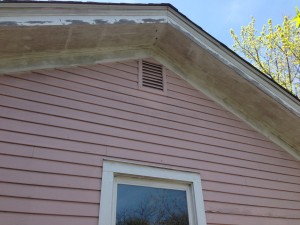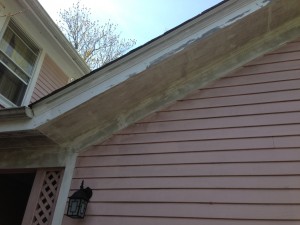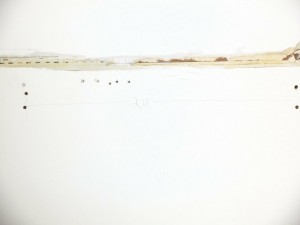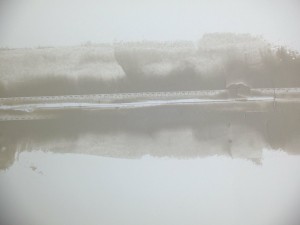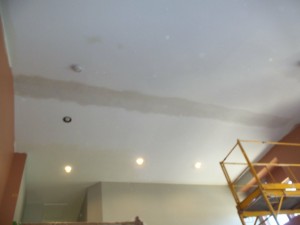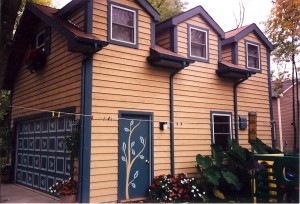Chicago is endowed with scores of old buildings, whose facades are adorned with historic metal bay windows, large crows and cornices. These buildings were largely built between 1880 and 1920. Every one of these metal elements were unique in design and constitute an important part of Chicago’s architectural heritage. Preserving that heritage and helping to restore its beauty is part of our role as painting contractors and historical restoration specialists in the Chicago area.
Attached are two examples of such beautiful historic metalwork in Chicago, one is a two-story bay window, the other a large cornice. Why is the maintenance of important architectural features like these such a challenge? Their location and the
difficulty of access are two clear obstacles. They are often located on the second, third or fourth level of the building. “Out of sight and out of mind” often becomes the operating rule. Additionally, the building’s façade is often located next to a busy sidewalk or just a few feet away. The logistical aspects of going up to inspect these surfaces and perform the needed repairs most often deters the owners from doing the needed maintenance until serious and evident signs of distress appear.
These metal architectural elements are commonly mounted to masonry (brick or stone) and sometime on slate roofs as well. Masonry and metals have minds of their own when it comes to adjusting to temperature shifts and weather. As a result, caulking and flashing materials are subjected to great stresses. The progressive failure of these weather barriers is the entry point to the decay of the metal structures. The maintenance of these weather barriers is critical to keeping serious problems at bay. This maintenance can generally be performed off ladders at a relatively low cost.
However, when maintenance is neglected, water instruction begins to wreak havoc on the inner wood support and the masonry work behind those metal elements. The last two pictures show the damage that ensues. When water intrusion has gone on for a long time, the damage is so extensive that the metal elements have to be entirely rebuilt. Rebuilding the architectural features can easily cost between $20,000 and $60,000, depending on their complexity and size. We are on such a project right now. Stay tuned for pictures of the restoration of one of Chicago’s historic building façades.







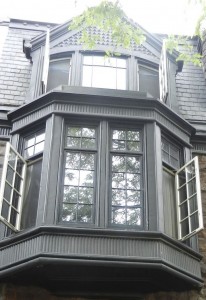
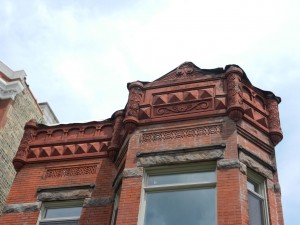
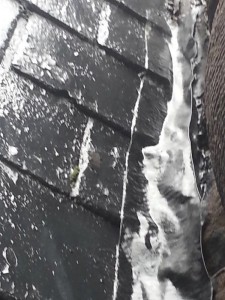
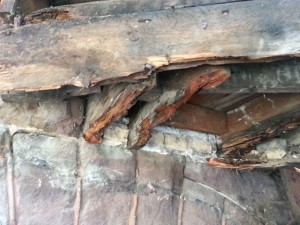
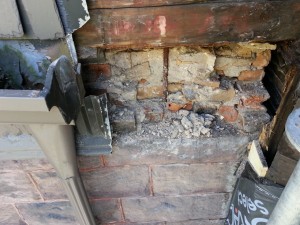
 Follow
Follow

